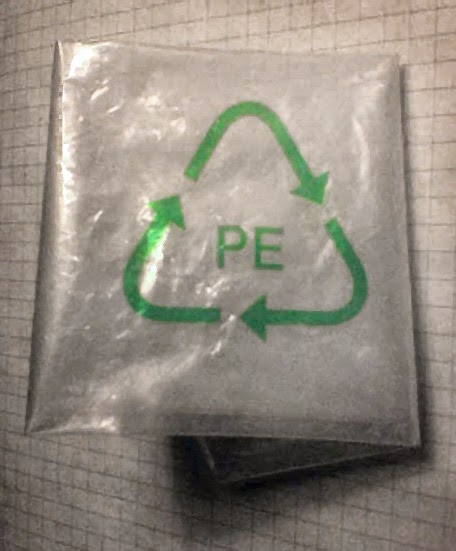Free Radical Polymerisations

Chain polymerisation is probably the most common polymerisation that is widely used, either for lab or industrial scale and one the example is free radical polymerisation. There is an obvious reason why this is callen free radical polymerisation and it is simply due to using radical species as the active species. In the same way with step polymerisation , this section will discuss mainly about ita kinetics.



